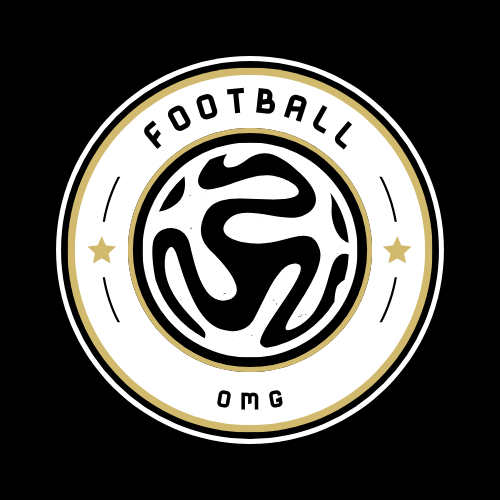For decades, soccer in the United States has struggled to gain the unwavering passion and cultural significance seen in other parts of the world. Yet, recent international tournaments held on American soil hint at a burgeoning transformation. Players like Tobin Heath—an iconic figure in U.S. women’s soccer, decorated with multiple NCAA championships, Olympic golds, and World Cup titles—have witnessed firsthand the emotional power that high-profile soccer can command in the country. Heath’s enthusiasm isn’t just nostalgia; it’s a testament to the shifting landscape that soccer is undergoing in America. The Club World Cup, a global tournament featuring some of the most storied clubs, is more than a competition—it’s the spark igniting a new passion that was once deemed unattainable in the U.S.
From Spectator to Believer: The Electric Atmosphere of the Club World Cup
What truly sets this tournament apart, according to Heath, is the palpable energy radiating from packed stadiums. When heavyweights like Bayern Munich clashed with Boca Juniors in South Florida, the enthusiasm of the fans resonated with an intensity that shook the stadium—a rarity in American soccer history. This fervor, long associated with European and South American venues, is now seeping into the U.S., offering a tantalizing preview of what could become regular in the coming years. For Heath and many others, this isn’t just about memorable games; it’s about realizing America’s potential to cultivate an authentic soccer culture, one that blends local pride with global excitement.
Messi’s Magnetic Pull and Its Broader Implications
One cannot ignore the impact that Lionel Messi’s arrival with Inter Miami has had on American soccer’s momentum. While Messi’s individual statistics in this current tournament might not be his best, his influence extends far beyond numbers on the scoreboard. Arsène Wenger, a distinguished figure in both club management and FIFA’s technical study group, emphasizes that without Messi, Inter Miami wouldn’t have even qualified for this stage. His presence alone serves as a beacon, drawing diverse audiences—both die-hard fans and newcomers—to the sport. However, skepticism remains as to whether a single superstar can sustainably boost soccer’s profile or if grassroots engagement and broader systemic growth are needed to solidify fan interest in the long term.
Behind the Scenes: The Data-Driven Evolution of the Game
One aspect often overlooked by casual spectators is the extensive analytical effort invested in understanding the modern game. Alongside legends like Paco Jémez and Jurgen Klinsmann, Heath is part of FIFA’s technical study group, whose work transcends traditional match observation. Their comprehensive reports—sometimes spanning over fifty pages—delve into minute details: player sprints, possession turnovers, recovery times, and tactical nuances. This scientifically rigorous approach reflects how soccer is evolving into a data-centric sport, allowing for refined strategies and improved performances. The Club World Cup thus acts as a laboratory, where innovative tactics and player management can be observed and evaluated, potentially influencing the style of play exhibited during next year’s World Cup in North America.
Addressing Infrastructure Challenges: Pitch Quality and Player Experience
Despite the positive momentum, there remain practical challenges to address—most notably the quality of playing surfaces in American stadiums. Several European clubs have expressed concerns about pitch conditions in cities like Orlando and Charlotte, highlighting that these fields often fall short of the standards they are accustomed to. Wenger candidly noted that while the turf isn’t at the desired European quality level, organizers are committed to improvements before the World Cup next summer. This acknowledgment is crucial; the success of a global event depends not only on fan enthusiasm but also on providing elite players with optimal playing conditions. The discrepancy in pitch quality also underscores deeper issues regarding how soccer-specific infrastructure in the U.S. is still catching up to the sport’s rapid growth.
The Club World Cup as a Strategic Precursor to the 2026 World Cup
Viewed through a broader lens, this tournament serves as more than just a showcase for club greatness; it represents a rehearsal for the impending 2026 World Cup hosted by North America. The ability to draw strong crowds, manage diverse logistical challenges, and offer rich tactical insights positions the Club World Cup as an invaluable testbed. The variability in attendance across venues illuminates both strengths and weaknesses in fan engagement and market penetration. Yet the steady improvement and moments of genuine spectacle—such as Inter Miami’s high-profile matchups—signal that American soccer is on the cusp of broader acceptance and enthusiasm. For players, fans, organizers, and analysts alike, this tournament has been a revelation confirming the sport’s deep potential in the U.S. landscape.
—
In analyzing the trajectory of soccer in the United States against the backdrop of the Club World Cup, one sees a convergence of passion, talent, and infrastructure growth. While hurdles remain, the tournament is clearly fueling a soccer awakening in a country historically lukewarm to the sport—a transformation that could redefine the American sports culture in profound ways.

